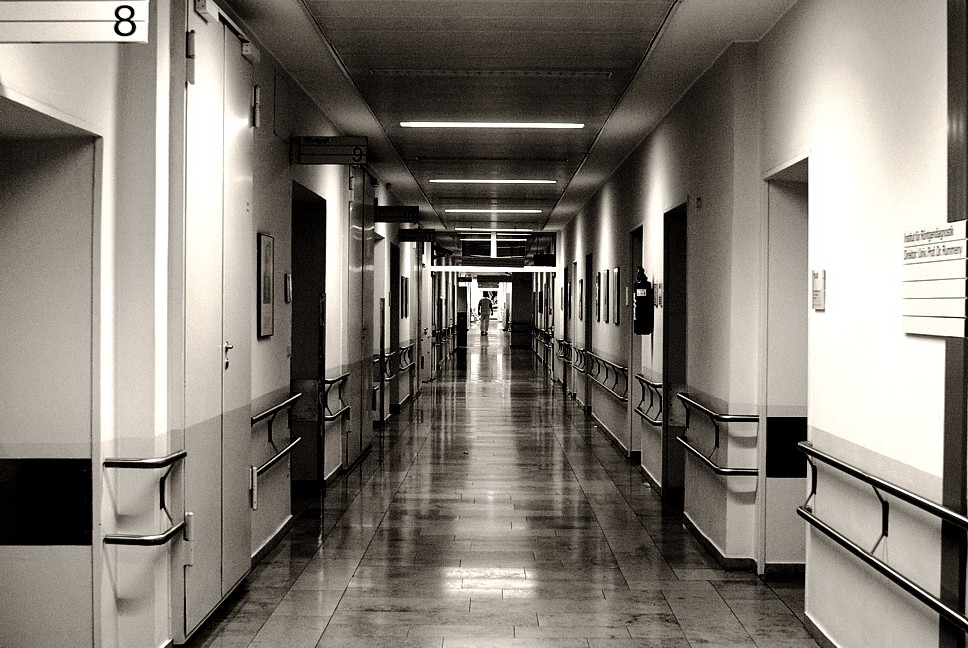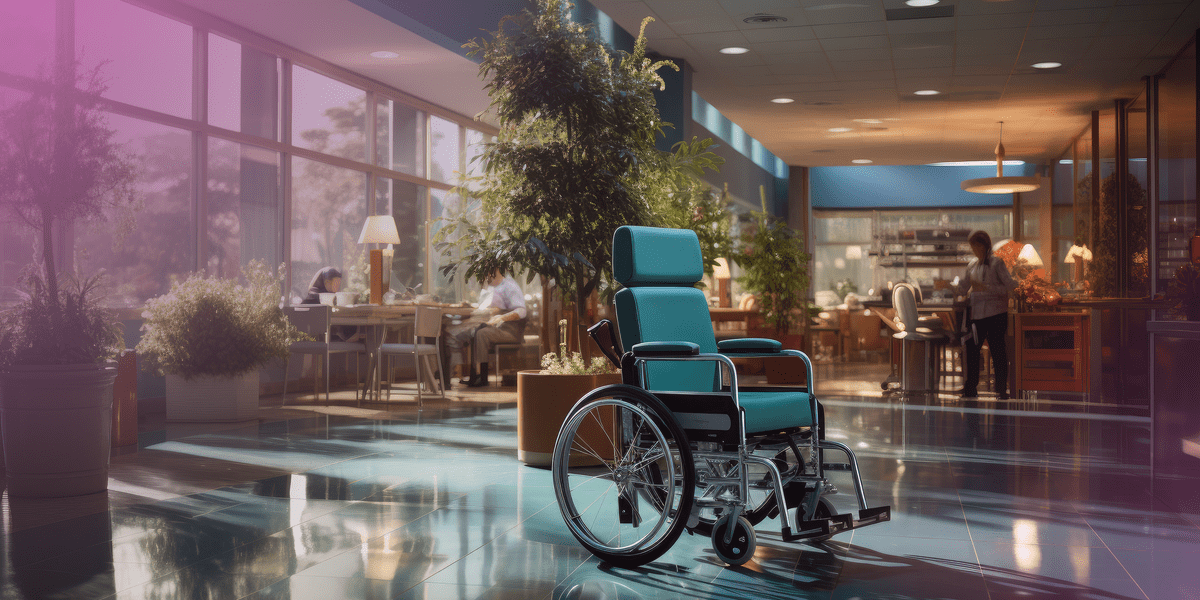
After 6 years of being intimately involved with the Health and Ageing sectors – as a researcher, brand and integrated communication strategist, process architect and problem solver – I finally got to experience this world from deep on the inside.
Thursday 15 December will always have special meaning in our little family as its the day our little two year old girl had a stroke. The journey this week has been both cataclysmic and enriching. We’re not out of the woods yet, but she’s making a miraculous recovery. As my father, a GP, says, there are so many stem cells coursing through the blood of a two year old, they repair and grow at pace. It’s a very beautiful thing.
This blog article isn’t about that experience – those books have been written and, yes, we’re living them.
Ever the scientist (it was Earth Science but thank you Uni Melb for the critical thinking skills) I’ve been recording every step of the journey, intrigued by the many obvious advances in treatments as well as the culture, work practices and processes that are holding staff back (I have this mental image of an impressive European car that, for all its technology and comfort, has a rear wheel stuck in the mud and is therefore only edging forward, but so close to leaping free).
The new Royal Children’s Hospital was opened by the Queen on 26 October 2011. It is a wonderful building. The staff will draw attention to the faults but they’re mostly the variations in quality of fittings (non critical) that you always get in major construction projects.
The green aspect, the abundance of light, the courtyards and parking. Ask our little one and it’s definitely the fishies in the giant tank that are a favourite. That, and the ‘spielplatz’ (playground) which has BBQ facilities for visitors – remembering that some families are living in this place. There’s the meerkat enclosure that is delightful by day but a little scarier by night (apparently the little blighters destroy their meals in an orgy of flesh and blood, some of which makes it to the glass casing – not what your recovering kid needs to see and definitely not what Mummy needs after what she’s been through).
The branding is simple, clean and plays out well across the building – from the logo to the front facade. The logo is not too complicated (a bit too simple?) so you can imagine it resonates with the kids.
The building invites you in as best as a hospital ever could. With genuine intent I say, bravo! Melbourne you do not know how lucky you are to have that facility, even if you never use it. Just know it’s there.
Back to the science part. I have been interested in patient experience mapping for some time. We do this a bit with aged care providers: from the first call to the transition into a place. How you feel is critical to recovery – both for the family and the child who work together through rehabilitation. So, here’s some stats. In first 48 hours:
- doctors seen – 9
- nurses seen – 14
- OTs – 4
- Physios – 2
- How many times repeated same (distressing) story – 10
- Record number of people in our room at one time – 11 (the room is about 2m x 5m)
- Number of meerkats in the enclosure – 11 (the enclosure is about 10m x 15m)
- Number of iPads used to record information and store centrally – 0
- Professionalism of all personnel (ave) – 8/10
- Empathy of all personnel (ave) – 7/10
- Empathy of the system (ave) – 4/10
So, in summary, the accommodation is wonderful, the staff know what they’re doing and they inspire confidence in the outcome, but the process efficiency is way behind. It’s that wheel in the mud.
The hospital will cost us $3.742 billion over 25 years according to the terms of the public private partnership. You want a nice building for that kind of outlay.
I can’t understand why, when so many US hospitals have adopted iPads and worked on process, that my wife (visibly distressed) had to tell the same story over and over again. Here’s the process that should have been followed:
- Questions asked
- Entered into iPad (or voice recorded)
- Saved to central system via wifi or cable (if IT still has security syndrome)
- Reviewed by each doctor/nurse on screen from thereon
I would expect deeper probing by Dr Mackay the kind stroke specialist who was very careful not to apply undue pressure. But not time and time again by rehab, hematology, and multiple ward doctors. The causes are any or all of the following:
- No one has really looked at the process from the hospital bed
- The technology (paper and pencil) dates to the 18th century
- The irrepressible intrigue of doctors overcoming the empathy impulse
- The doctor ego that says he/she can find something out that no one else has (even if it’s not their field)
- The culture of ‘we’ve always done it this way’
Please RCH, the work has been done for you. The top US clinics have completed process innovation programs and integrate tablets into work practices. There’s even been iPad trials in Victoria – not sure where they got to.
Just imagine how much time you could save with a mobile technology solution. And imagine the health and wellbeing benefits? Mental health is so important to recovery and, in the case of a stroke, those first few days are thought to be critical in brain recovery.
I love our new hospital. A massive thank you to the staff – you’re fantastic. Even the most matronly nurse get’s my sincere affection (something about women in uniform?). And, if you’lllet us, we’d be the first to adopt some of that global thinking in a patient experience model that lives up to the building and the treatment.
P.S. – as a humorous side note, our daughter’s name was entered incorrectly in the system upon entry. When we noted the fact soon after, we were told it had to remain that way until discharge in case it caused confusion. They renamed my baby for the sake of not causing confusion! I had to laugh. Now, imagine if all information was stored centrally. One update and everyone’s on the same page.

